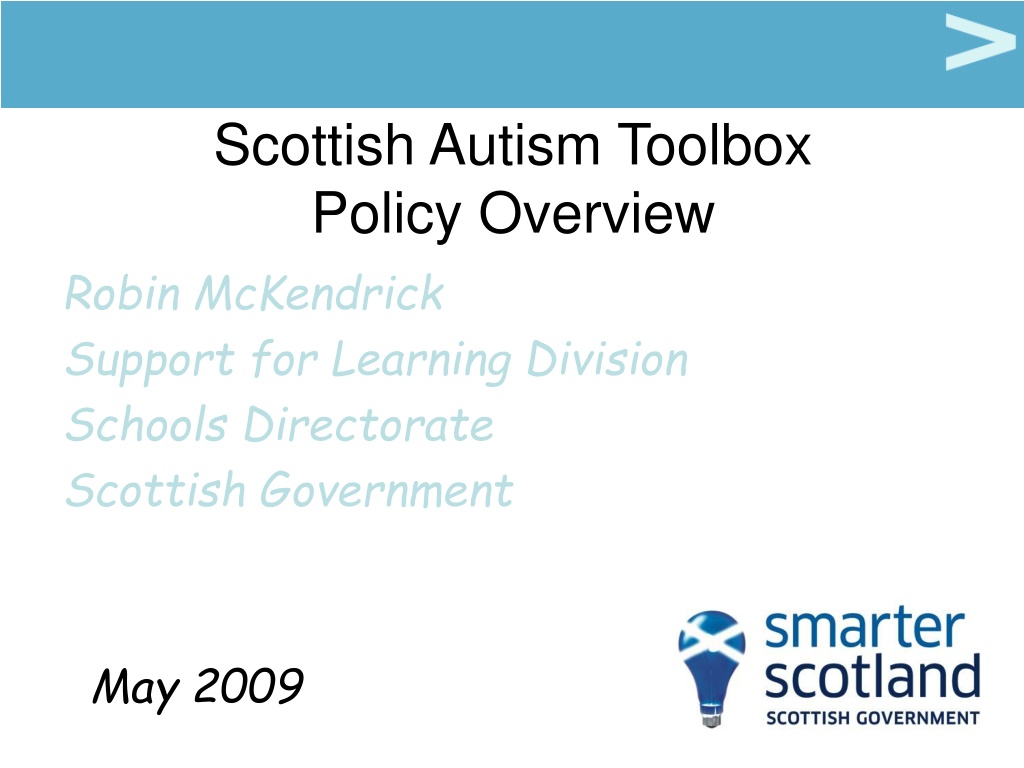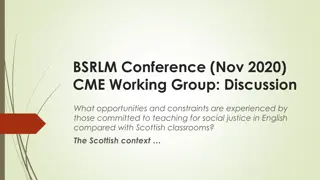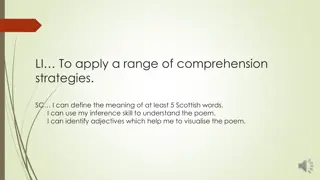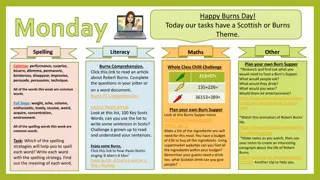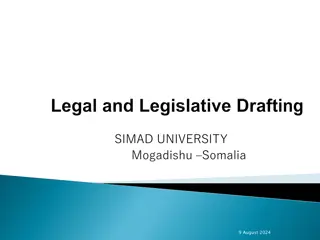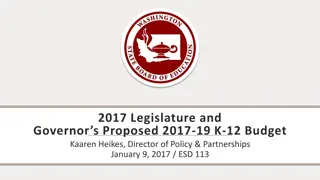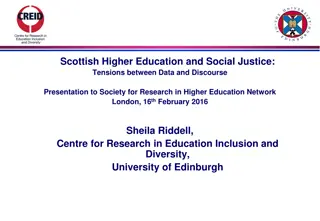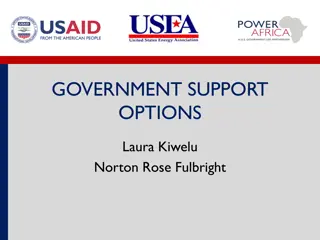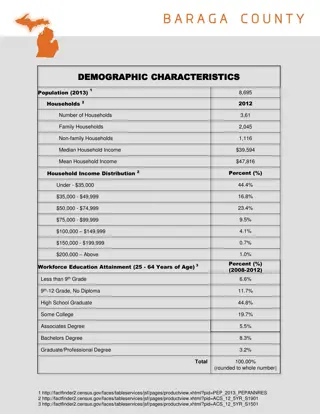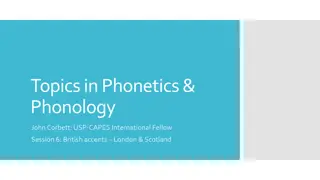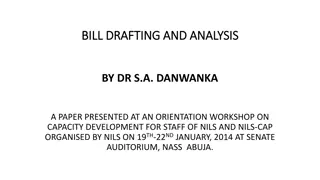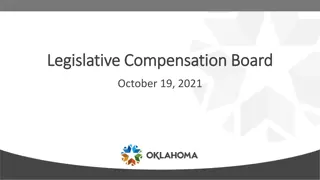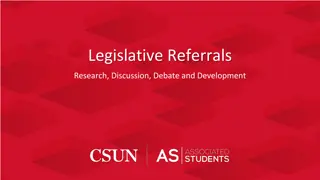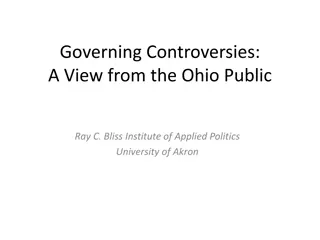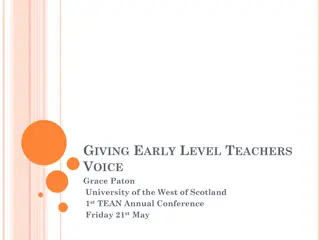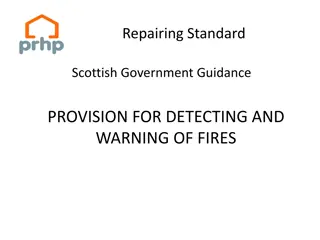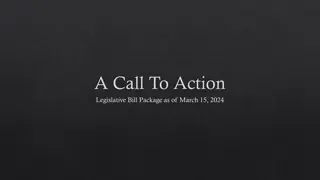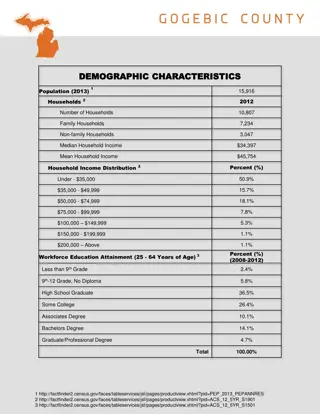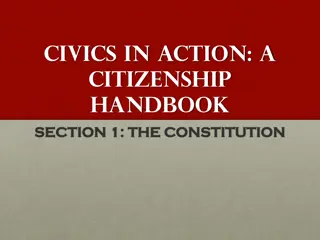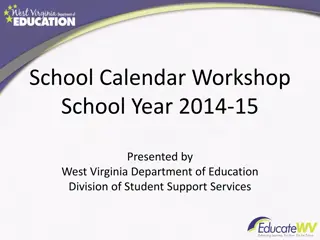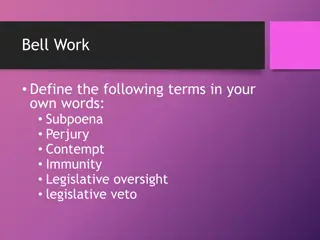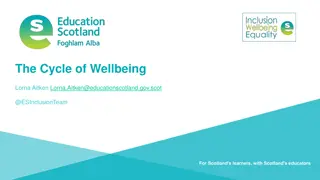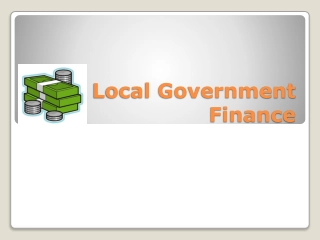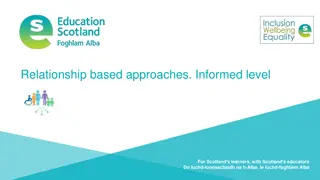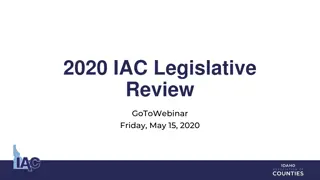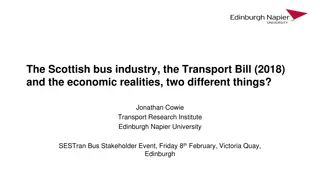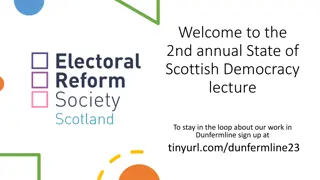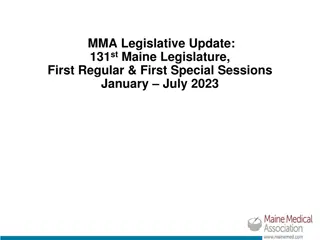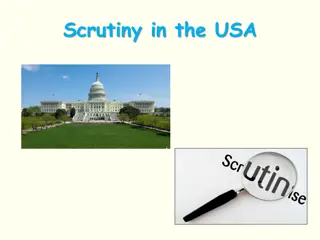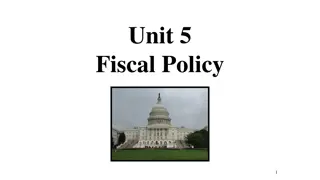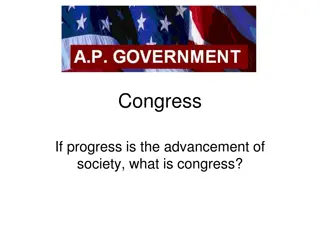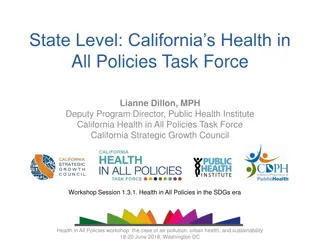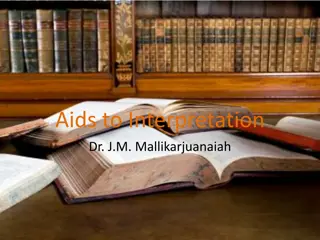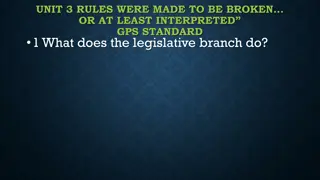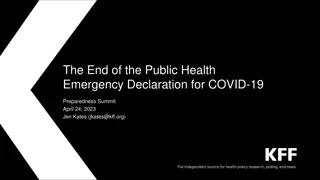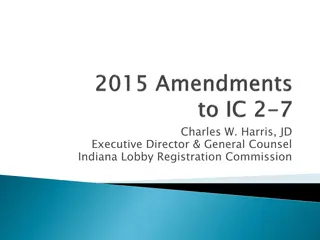Scottish Government Policies and Legislative Context Overview
Scottish Government aims to achieve five strategic objectives, including a wealthier and fairer society, a healthier population, a safer and stronger community, a smarter nation, and a greener environment. The National Outcomes focus on investing in effective services for children, promoting an international perspective, fostering high aspirations, and ensuring inclusive education. Legislative context highlights standards in Scottish schools, disability discrimination acts, education strategies, and equality duties.
Download Presentation

Please find below an Image/Link to download the presentation.
The content on the website is provided AS IS for your information and personal use only. It may not be sold, licensed, or shared on other websites without obtaining consent from the author. Download presentation by click this link. If you encounter any issues during the download, it is possible that the publisher has removed the file from their server.
E N D
Presentation Transcript
Scottish Autism Toolbox Policy Overview Robin McKendrick Support for Learning Division Schools Directorate Scottish Government May 2009
Scottish Governments five strategic objectives a wealthier and fairer Scotland to be achieved by enabling businesses and people to increase their wealth and more people to share fairly in that wealth a healthier Scotland to be pursued by helping people to sustain and improve their health, especially in disadvantaged communities, and by ensuring better, local and faster access to health care a safer and stronger Scotland delivered by helping communities to flourish, becoming stronger, safer places to live, through offering improved opportunity for a better quality of life a Smarter Scotland achieved by expanding opportunities for Scots to succeed, from nurture through to lifelong learning, ensuring higher and more widely shared achievements, and, a greener Scotland, seeing improvements in Scotland's natural and built environment and the sustainable use and enjoyment of it by all.
National Outcomes investing in effective services for all children to ensure every child gets off to the best start in life having an international perspective to promote an understanding of Scotland and our place in the world and challenging our ambitions against the achievements of other countries having high aspirations and challenging all to aim high being egalitarian and embracing the Scottish tradition of the democratic intellect as part of our approach to learning ensuring education and learning are at the heart of the community, supporting communities and promoting community self-reliance, focussing on the child and the learner, providing support and learning journeys that respond to individuals needs and potential.
Inclusion: Legislative context Part 3 Section 7 of the Toolbox Standards in Scotland s Schools Act 2000. Disability Discrimination Acts 1995 (as amended). Education (Disability Strategies and Pupils Educational Records) (Scotland ) Act 2002. Disability Equality duty as from 4 Dec 2006. Additional Support for Learning (Scotland) (Act) 2004. The Equality Act 2006.
ASL Bill 2009 it clarifies the definition of 'additional support' by specifying that it is not limited to support provided in an educational environment. it extends the rights of parents and young people to enable them to request a specific assessment, such as an educational, psychological or medical assessment, at any time.
Standards in Scotland s Schools etc. Act 2000 Came into effect on 1 August 2003 Duty on EAs to provide education in a school other than a special school unless such provision would: not be suited to the ability or aptitude of the child; be incompatible with the provision of efficient education for the children with whom the child would be educated; or would result unreasonable public expenditure being incurred which would not ordinarily be incurred
Mainstreaming presumption is simply a presumption it is not an inflexible rule. The right balance must be struck between children's rights to be educated in a mainstream environment, which can bring the educational and social benefits and; Need to respond sensitively in the cases of children who require a form of specialist provision.
Disability Discrimination Act Unlawful to discriminate against disabled pupils and prospective pupils in the provision of: admissions and exclusions, education and associated services in schools.
DDA: Education & Associated Services Includes: Curriculum; Teaching; Classroom organisation; Grouping of pupils; Homework; Access to school facilities; School trips; Breaks and lunch; Interaction with other pupils; Exclusion procedures.
DDA In particular the Act requires providers of education: Not to treat disable pupils less favourably. To make reasonable adjustments. Definition of Disability physical impairment includes sensory impairment; mental impairment includes learning difficulties and an impairment resulting from or consisting of a mental illness. Definition can include a wide range of impairments, including hidden impairments such as dyslexia, autism, speech and language impairments and Attention Deficit Hyperactivity Disorder (ADHD). An impairment does not of itself mean that a pupil is disabled. It is the effect on a pupil s ability to carry out normal day-to-day activities that has to be considered.
Inclusion: Policy context Early Years strategy. Curriculum for Excellence More Choices More Chances. GIRFEC. Happy Safe and Achieving Their Potential Harm: Domestic Abuse. Young Cares. Looked After Children. The Equality Act 2006: guidance for schools Race Equality Statement
Curriculum for Excellence Curriculum for Excellence - seeks to enable all to become: successful learners, confident individuals, effective contributors, and responsible citizens.
Overview successful learners with enthusiasm and motivation for learning determination to reach high standards of achievement openness to new thinking and ideas confident individuals with self respect a sense of physical, mental and emotional wellbeing secure values and beliefs ambition and able to use literacy, communication and numeracy skills use technology for learning think creatively and independently learn independently and as part of a group make reasoned evaluations link and apply different kinds of learning in new situations and able to relate to others and manage themselves pursue a healthy and active lifestyle be self aware develop and communicate their own beliefs and view of the world live as independently as they can assess risk and take informed decisions achieve success in different areas of activity To enable all young people to become responsible citizens with respect for others commitment to participate responsibly in political, economic, social and cultural life effective contributors with an enterprising attitude resilience self-reliance and able to develop knowledge and understanding of the world and Scotland s place in it understand different beliefs and cultures make informed choices and decisions evaluate environmental, scientific and technological issues develop informed, ethical views of complex issues and able to communicate in different ways and in different settings work in partnership and in teams take the initiative and lead apply critical thinking in new contexts create and develop solve problems
Inclusion ASL/GIRGEC Interface What is GIRFEC? Meets the needs and promotes the well-being and potential of all children. What is the ASL Act? Aims to ensure that all children and young people with additional support needs receive the necessary help to ensure they benefit from school education.
Inclusion ASL/GIRGEC Interface Seek to enable all to become: successful learners, confident individuals, effective contributors, and responsible citizens. Curriculum for Excellence -
Inclusion ASL/GIRGEC Interface Do the Principles of ASL and GIRFEC fit together? GIRFEC Principles Meet the needs of all children in a proportionate and timely way. ASL Focus on children s learning in the broadest sense. Sits within the overall GIRFEC approach
Autism Toolkit The origins Education for Pupils with Autism Spectrum Disorders HMIE make school make sense - Scotland NAS Both published October 2006 Formation of Working Group announced.
Working Group Consultant and service user NAS/SSA HMIE Professional Services Manager/Psychological Service/Head teachers EIS National Centre for Autism Studies Chair of Social and Educational Inclusion at Aberdeen University
Possible Structure Set the context What is autism? What information do parents and families need? What good practice looks like How can we maximise inclusion? Continuing professional development Planning to meet additional support needs
The Toolbox Policy and Legislative Context Autism in Practice Guidance and Support Support for Parents and Families Working with other Agencies Overview of Interventions Resources Building on the Legislative context Directory Practice Grids and Posters
References/information Learning and Teaching Scotland Website http://www.ltscotland.org.uk/ Inclusive Education Website http://www.ltscotland.org.uk/inclusiveeducation/ Happy, safe and achieving their potential www.scotland.gov.uk/library5/education/hsaps-00.asp Enquire - The Scottish Advice Service for Additional Support for Learning http://www.enquire.org.uk Code of Practice http://www.ltscotland.org.uk/inclusiveeducation/additionalsupportforlearning/ codeofpractice.asp Additional Support Needs Tribunals for Scotland http://www.asntscotland.gov.uk/ Disability Equality Duty http://www.drc-gb.org/pdf/Schools_education_scotland_august_06.pdf Circular on presumption of mainstreaming http://www.scotland.gov.uk/Publications/2002/05/14630/3866
